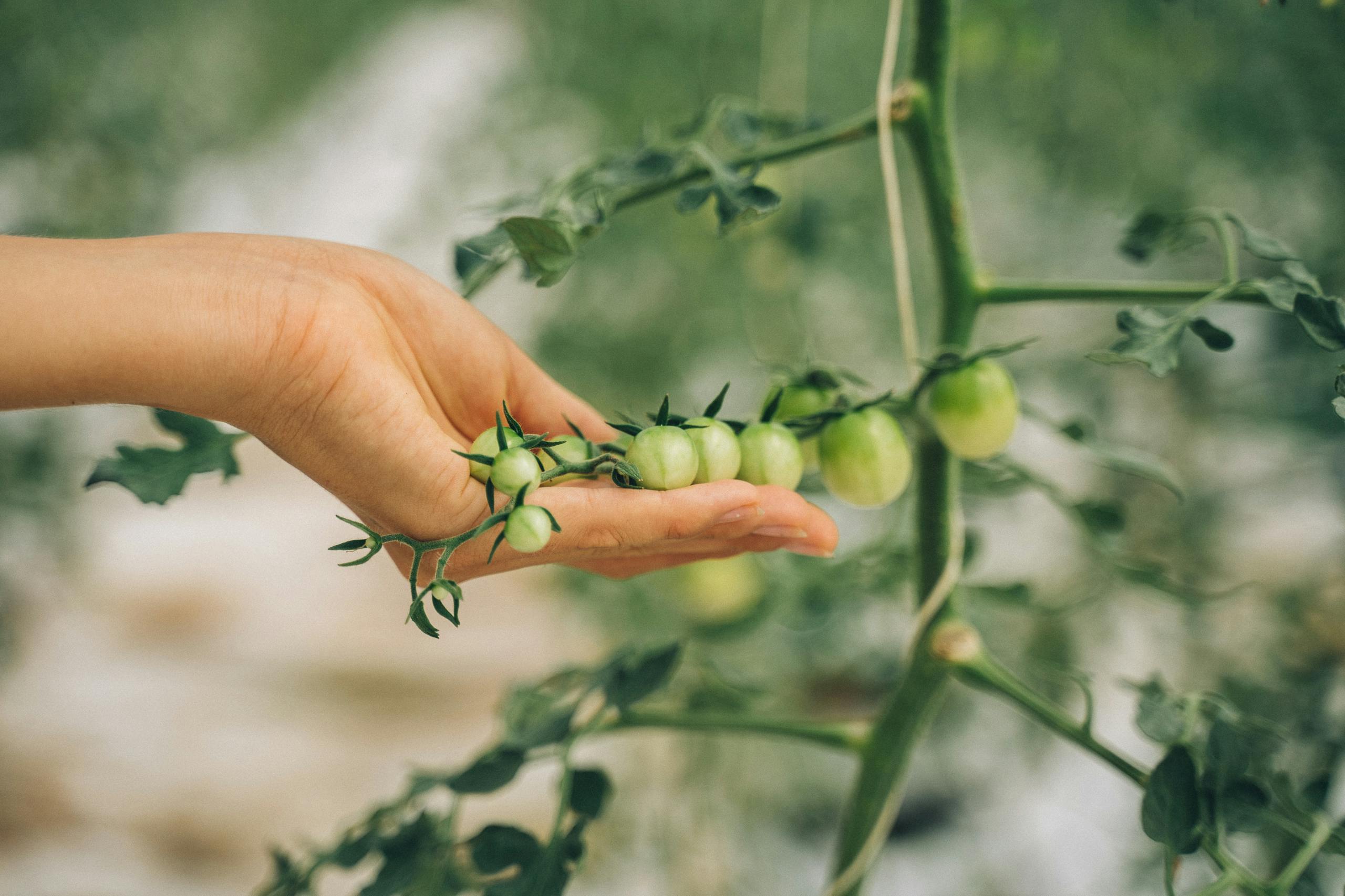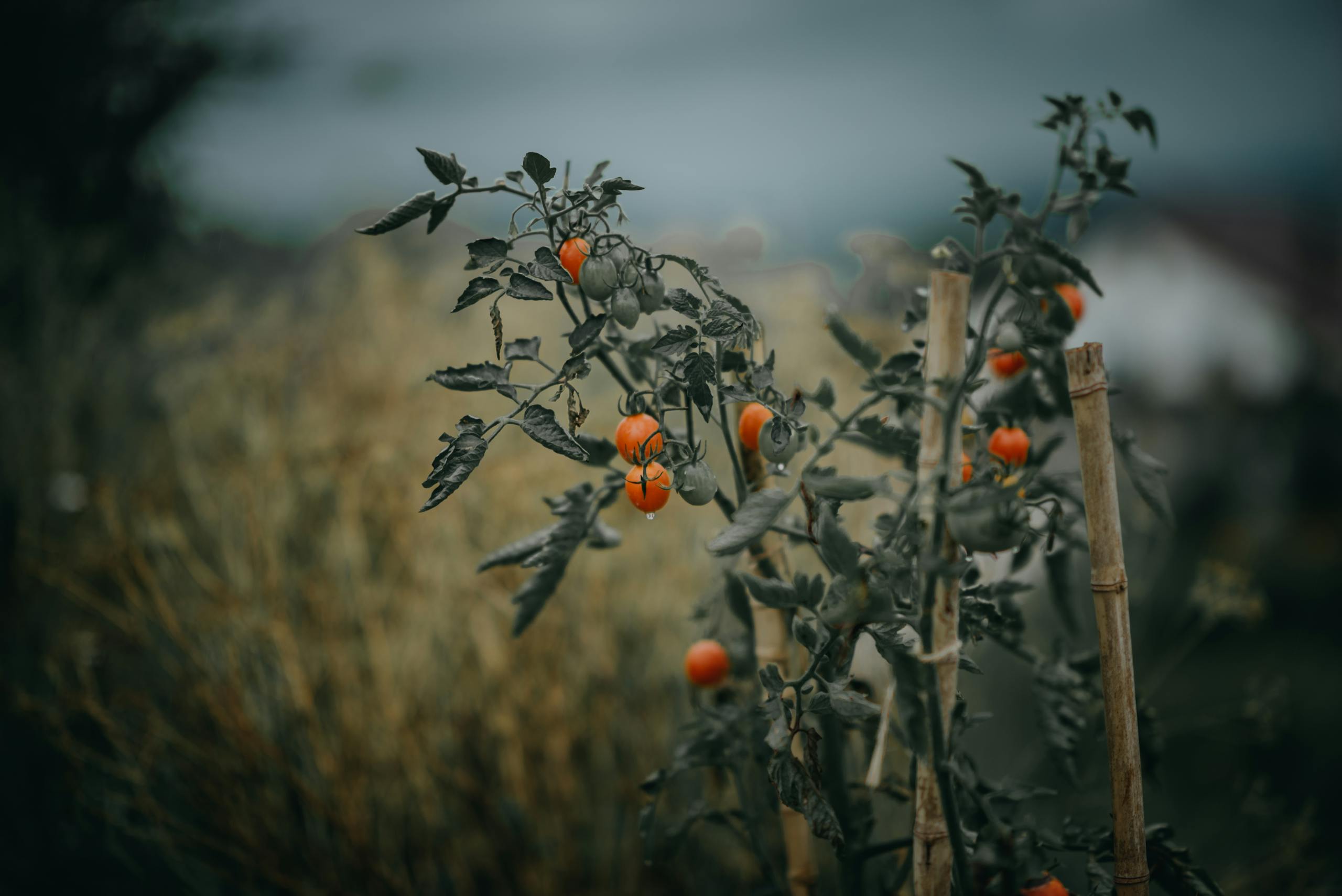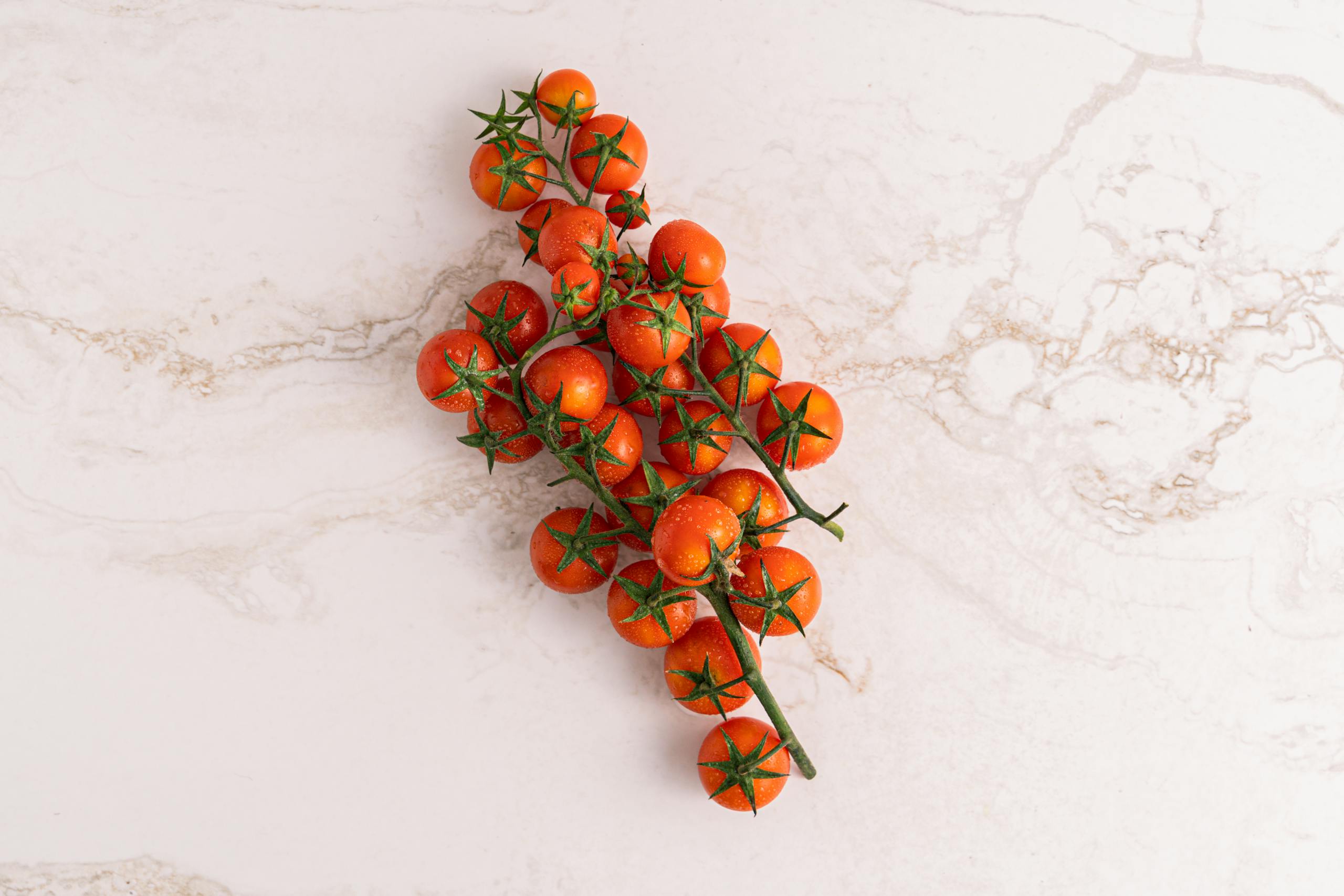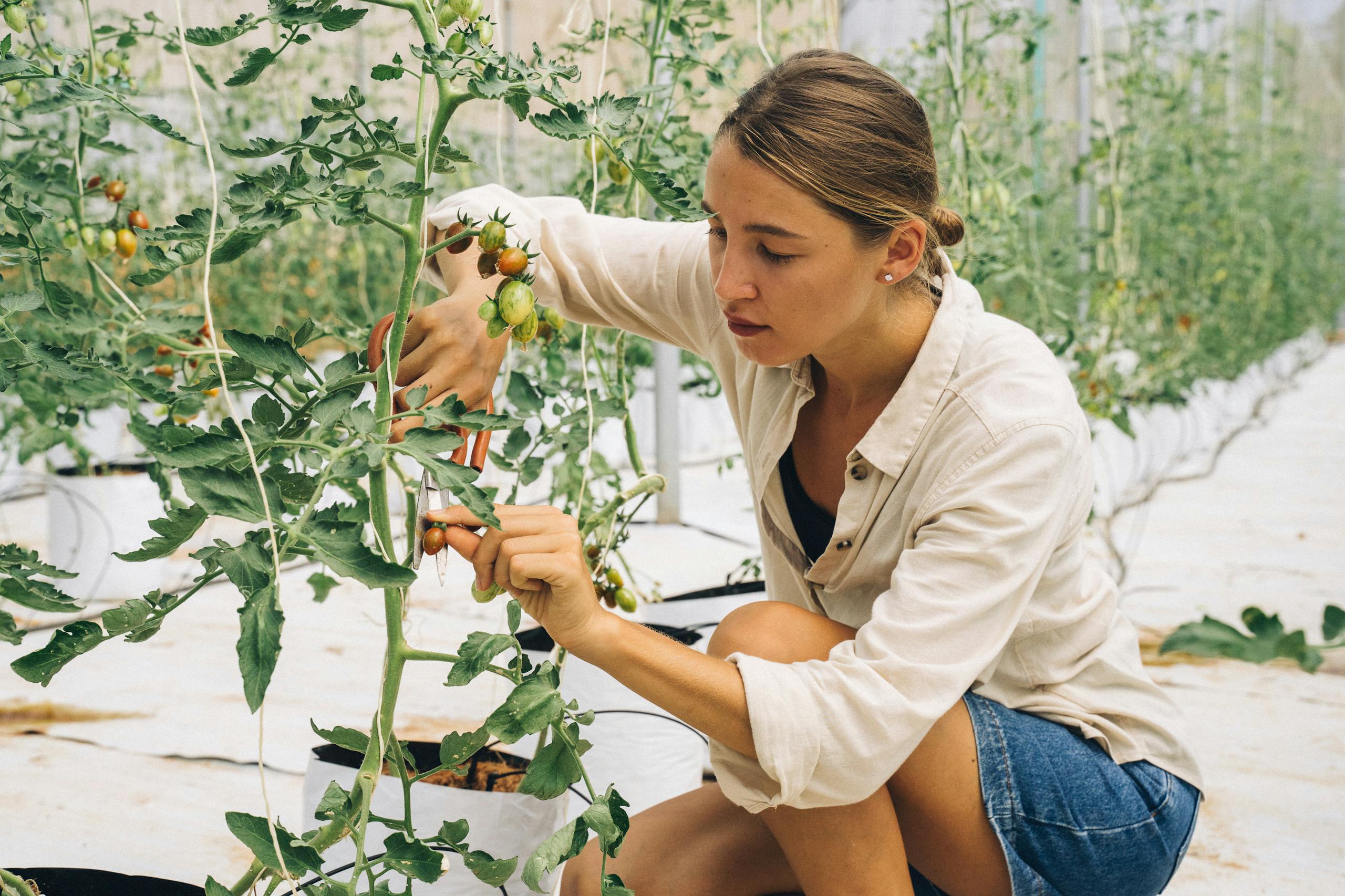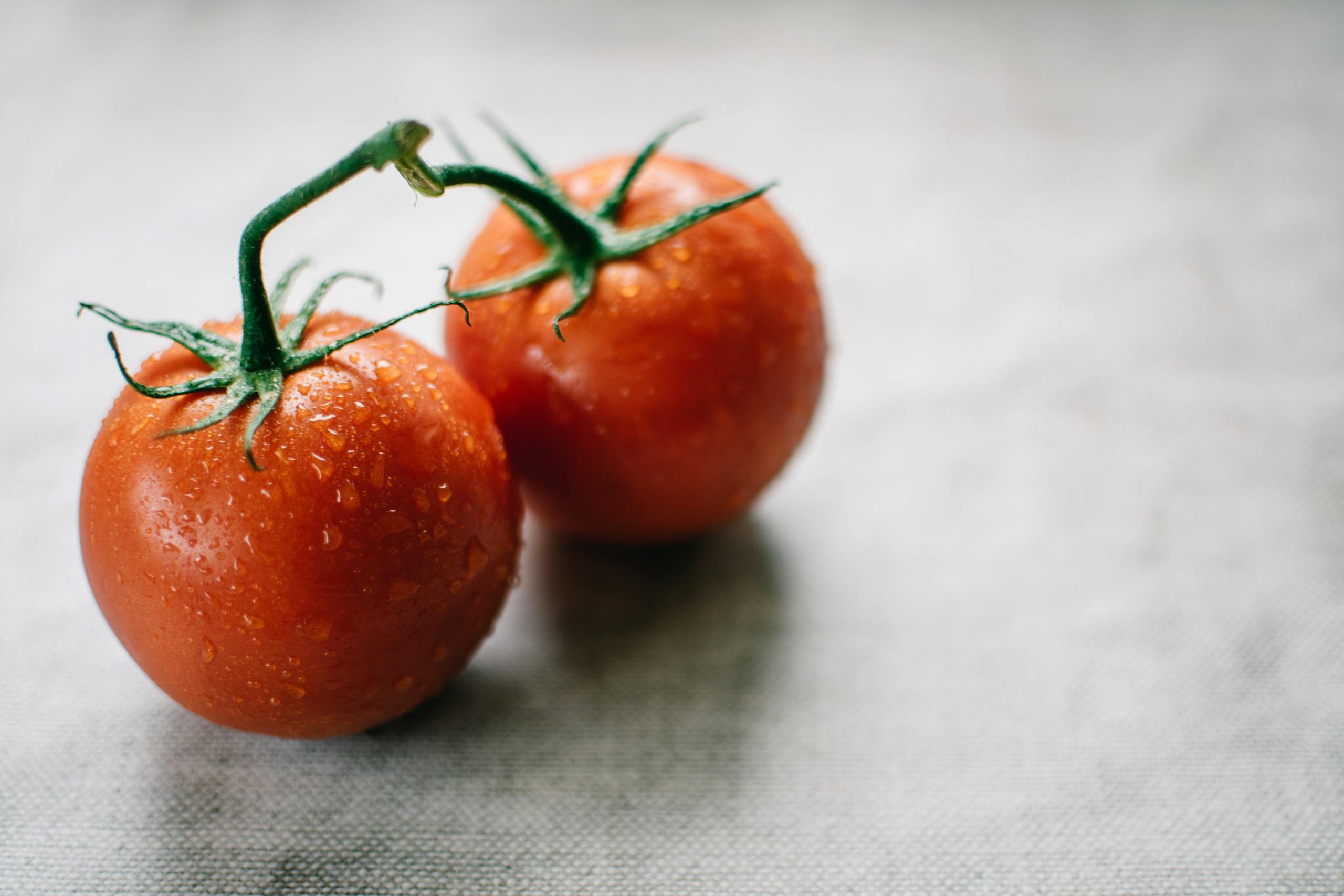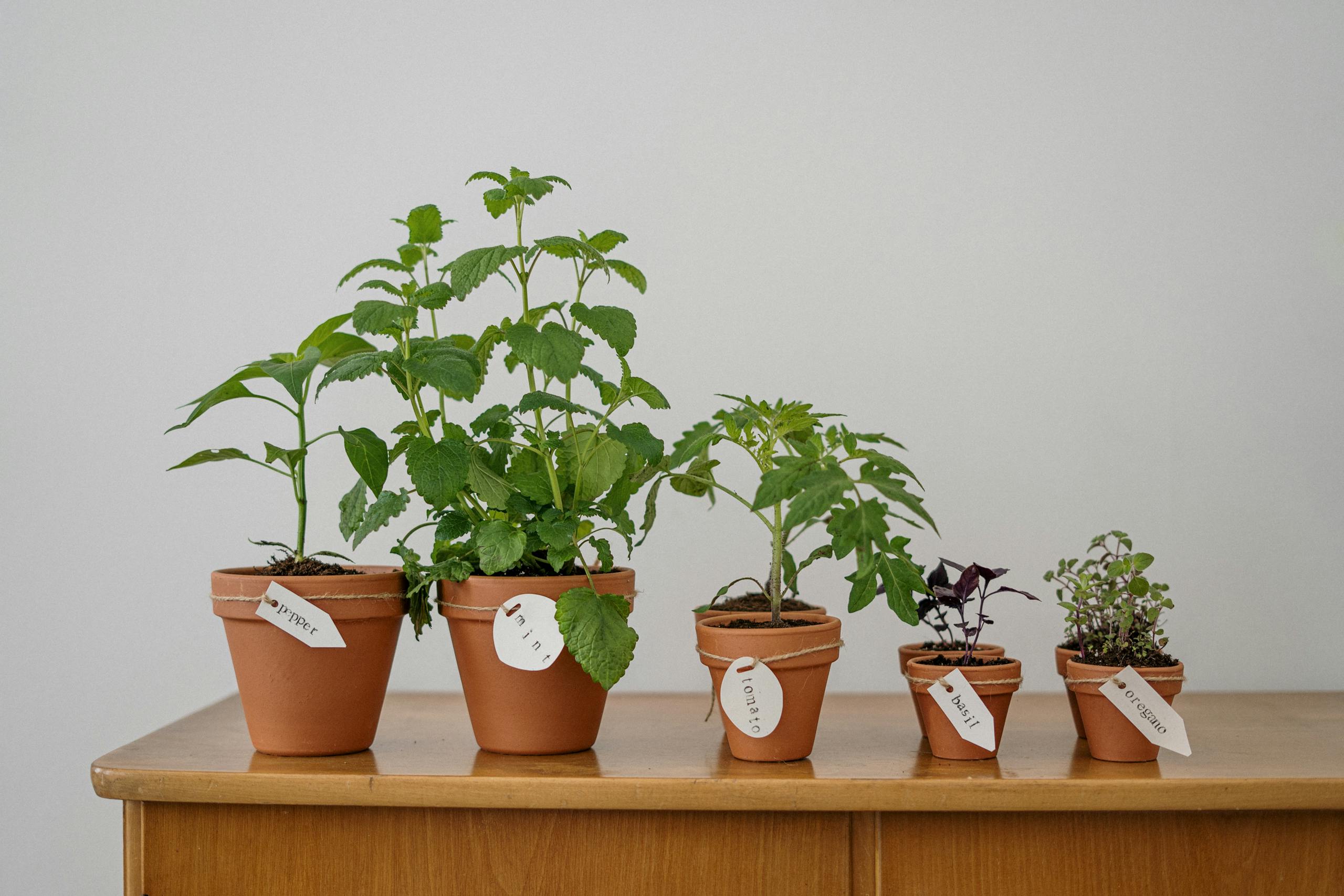Growing tomatoes can be a rewarding experience for gardeners of all skill levels, but it can sometimes be challenging, especially when trying to cultivate them in varying climates. Tomatoes are a versatile and popular fruit that can be grown in a variety of conditions, from hot and humid climates to cooler and more temperate regions. With the right knowledge and techniques, you can successfully grow tomatoes no matter where you live.
One of the most important factors to consider when growing tomatoes in any climate is choosing the right variety. There are countless tomato varieties available, each with its own unique characteristics and growing requirements. Some varieties are better suited for hot climates, while others thrive in cooler temperatures. Before planting your tomatoes, do some research to determine which varieties are best suited for your particular climate.
In addition to selecting the right tomato variety, it is also essential to provide your plants with the proper care and maintenance. Tomatoes require plenty of sunlight to thrive, so be sure to plant them in a location that receives at least six to eight hours of sunlight per day. Additionally, tomatoes need well-draining soil that is rich in organic matter. Consider amending your soil with compost or other organic materials to provide your plants with the nutrients they need to grow and produce healthy fruit.
Watering is another critical aspect of growing tomatoes in any climate. Tomatoes need consistent moisture to develop properly, so be sure to water your plants regularly, especially during hot weather. However, it is essential not to overwater, as this can lead to root rot and other problems. A good rule of thumb is to water your tomatoes deeply once or twice a week, depending on your climate and soil conditions.
Another essential aspect of growing tomatoes is providing support for your plants. Many tomato varieties require staking or caging to help support the weight of the fruit as it develops. Be sure to install your supports early in the growing season to prevent damage to the plants. Additionally, pruning your tomato plants can help improve air circulation and reduce the risk of disease.
Pest and disease management are also crucial when growing tomatoes in any climate. Keep an eye out for common tomato pests, such as aphids, whiteflies, and hornworms, and take appropriate measures to control them. Additionally, be on the lookout for signs of fungal diseases, such as early blight and powdery mildew, and treat them promptly to prevent them from spreading to other plants.
Finally, harvesting your tomatoes at the right time is essential to ensure that they are flavorful and ripe. Most tomato varieties will change color when they are ready to be picked, so keep an eye on your plants and harvest the fruit as soon as it reaches the desired color and firmness. Remember that tomatoes will continue to ripen after they are picked, so you can allow them to ripen further indoors if necessary.
In conclusion, growing tomatoes in any climate is possible with the right knowledge and techniques. By choosing the right variety, providing proper care and maintenance, and managing pests and diseases, you can successfully cultivate delicious tomatoes in your garden, no matter where you live. Follow these expert tips, and you’ll be enjoying a bountiful tomato harvest in no time.






